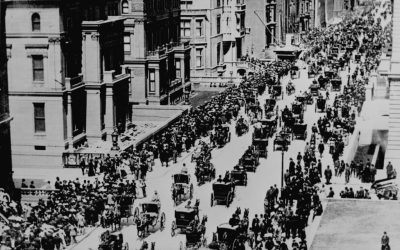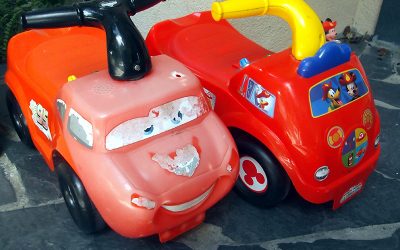…one of the things HRP is intended to do
is alter our consciousness.

Welcome to the premier issue of HOT ROD Professional. That, of course, is a cliche that every new publication uses to greet its readers, but that doesn’t make the sentiment any less heart-felt. I’ve been writing and editing articles, books, and training materials for professional automotive service technicians for decades, and there’s no group of people for which I have more respect. The same, except perhaps for the length of experience, can be said for most of our contributors. What we all particularly admire about you, our readers, is your continual thirst for knowledge, your ability to apply scientific principles to sophisticated technology, and your can-do attitude no matter how knotty the problem may be, particularly in the area of diagnostics. We can’t think of another profession where the learning and mental discipline are more intense.
That said, one of the things HRP is intended to do is alter our consciousness. In regular repair shops, the Holy Grail has always been producing the most billable hours in a given week. Sure, we all take pride in our craftsmanship, but time has always been of the essence.
In the world of high performance, we have to rise to another whole level of accuracy, careful procedures, mental projections of what might happen if something is assembled a certain way, and, again, the application of theory. There’s no rushing this, unless you happen to be on a pit crew. You can’t take anything for granted, either, such as having confidence that you can just bolt on that expensive new part. We have to learn to check, check, check.
Engines and their modifications are certainly the prime mover of high-performance pursuits, and our staff and contributors have a profound depth of knowledge on that subject — we’ve built championship engines and tuned street rods for rock stars. We realize, however, that there’s a whole lot more to the world of high performance (meaning modifications that take vehicles beyond the capabilities of what the carmakers provide, or the fabrication and refinement of dedicated race cars and karts) than just horsepower and torque. There’s also getting all that twist to the pavement, avoiding spectacular breakage, stopping a ton or two of hurtling metal, keeping you on the track, enhancing the style of your ride, and generally having fun, so all those subjects and more are fair game for HRP.
What, exactly, makes us different from the venerable HOT ROD print magazine? Mostly, that we can raise the level of our content to appeal to people who already understand electronic engine management, the subtleties of multi-valves, the timing of intake, exhaust, and ignition events, swirl, flame propagation, turbocharging, angle torque, ABS, caster vs. camber, and any number of other concepts that you deal with every day in your work, but probably take for granted. Whether you know it or not, you’re the Elite, and we’ll never talk down to you. We will, however, try to challenge you with new, sophisticated knowledge that we hope you’ll be able to integrate into your efforts in the high-performance field.
The technology involved in this pursuit has changed monumentally since I was the editor of Speed Shop magazine back in the days of Don Garlits, Grumpy Jenkins, Linda Vaughn (“Miss Hurstâ€), et al, and HRP gives me the opportunity to learn new, interesting science and technology every day, as much of which as possible I intend to pass on to you through the medium of our esteemed contributors. Regardless of our collective experience, however, we can’t think of everything. So, I’d be much obliged if you’d help us make HRP interactive by suggesting topics and providing feedback, both positive and negative (email bfreud@hotrodprofessional.com – I’ll forward to our contributors as necessary).
So, please dig into HOT ROD Professional and enjoy what we think is uniquely interesting reading.




0 Comments